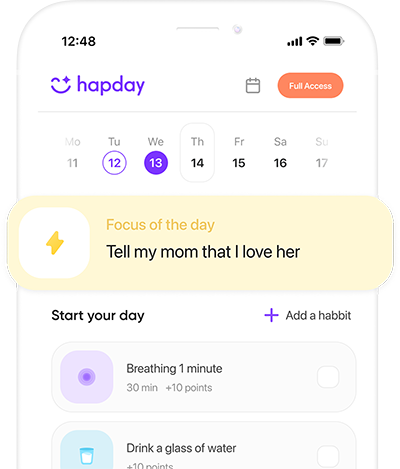Table of Contents
- Understanding ADHD and Anxiety
- The Role of Mindfulness in ADHD Management
- Key Mindfulness Practices for Managing ADHD-Induced Anxiety
- Scientific Evidence Supports This
- Weaving Mindfulness Into Everyday Life
- Final Thoughts… for Now
Understanding ADHD and Anxiety
In all its glory—and chaos—ADHD’s this neurodevelopmental rollercoaster showcasing inattention, hyperactivity, and impulsivity. Sounds fun at parties, eh? But seriously, while it’s often spotlighted in kids, studies claim adults aren’t strangers to it either. A reputable piece back in 2006 from Kessler et al. said around 4.4% of the grown-ups share this struggle. It’s like a Monday morning, but in your head. Forever. And then throw anxiety into the mix. Half of those with ADHD also experience an anxiety disorder. The Anxiety and Depression Association of America backs this up. It’s the bad roommate you didn’t ask for, amplifying every little mishap.
The Role of Mindfulness in ADHD Management
Okay, cue mindfulness—our potential hero. It’s all about focusing on the present moment without slapping a judgmental label on what you see or feel. Jon Kabat-Zinn scribbled this down in 1994 somewhere. Pretty neat, huh? Studies hint mindfulness could calm that mental storm and bolster emotional balance. For instance, the “Journal of Attention Disorders” (2008) slipped in some findings about adults with ADHD finding their calm through mindfulness. A little breath here, some attention there—voilà!
Key Mindfulness Practices for Managing ADHD-Induced Anxiety
-
Mindful Breathing
Simple, yet effective. Just focus on your breath—it’s like a tiny anchor for those flying thoughts.
Pro Tips:
- Sit where you won’t get bugged—if that’s even a place!
- Deep inhale through your nose, count to four.
- Hold it for another four—don’t faint.
- Exhale gently through your mouth, count to four again.
- Do this for about 5 to 10 minutes. If you can’t, that’s cool too.
Sneak in this practice when anxiety barges in out of nowhere.
-
Body Scan Meditation
A self-check for your body—easy peasy.
Pro Tips:
- Lie down, get comfy.
- Start focusing on your toes and work your attention up to your head.
- If your mind waltzes off, gently drag it back to your body.
Helps lessen those many tensions. Ideal for when your brain wants to be in ten places at once.
-
Mindful Walking
Moving meditation. Just walk mindfully—it actually works.
Pro Tips:
- Walk slowly, feeling each step.
- Listen to your breath, the chorus of the environment.
- Your mind will wander, but just gently woo it back to walking.
Fantastic for shutting down overactive thoughts with a constructive activity.
-
Loving-Kindness Meditation
Channel the warm fuzzies for yourself and others.
Pro Tips:
- Start with kind thoughts toward yourself.
- Extend them to others—friend or foe.
- Let the emotions rise, they’re all about kindness.
It’s like a hug for your mind, diminishing anxiety’s harsh grip.
-
Mindful Journaling
Writing can be a release—trust me.
Pro Tips:
- Spend 10-15 minutes daily scribbling your heart out.
- Jot down feelings, thoughts, even mundane events.
- Reflect for patterns to navigate anxiety better.
Over time, you’ll start noticing trends and maybe bright lights at the end of the tunnel.
Scientific Evidence Supports This
Now for all you data lovers, researchers aren’t just guessing here. A 2016 meta-review in “Cognitive and Behavioral Practice” linked mindfulness with improved attention and emotional regulation for those grappling with ADHD and anxiety. Oh, and in 2012, “Journal of Child and Family Studies” shared that mindfulness therapy offered big perks for adolescents with ADHD. Sounds promising, doesn’t it?
Weaving Mindfulness Into Everyday Life
Begin small—don’t leap into a 40-minute meditation if 5 minutes is all you can muster initially. Build a routine; the consistency over time is gold. Also, you could lean on some nifty apps—they’re basically mindfulness in your pocket. And if possible, find your tribe—others embracing mindfulness might just be the support you never knew you needed.
Final Thoughts… for Now
Living with ADHD and anxiety is like playing a never-ending game of Tetris, with changing pieces and a jamming speed. But mindfulness is your controller—a way to regain a touch of control. It’s not a cure-all, but as we explore more, the promise it holds shines ever brighter.
So, ever tried mindfulness? If not, today might be your breaking point… or starting point, up to you. Let’s transform the chaos into calm with just a little bit of practice.

